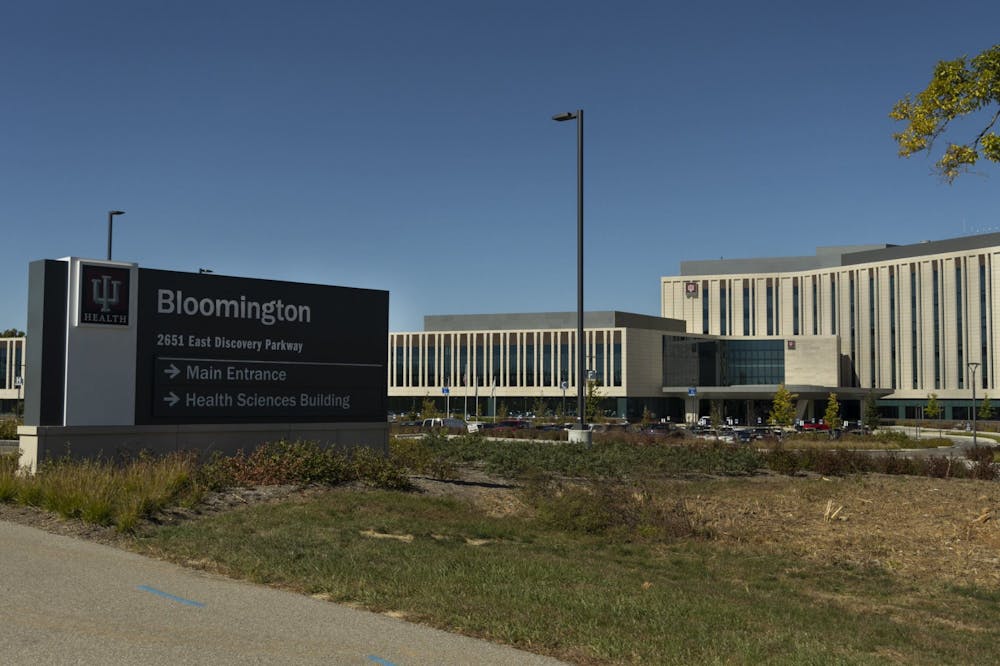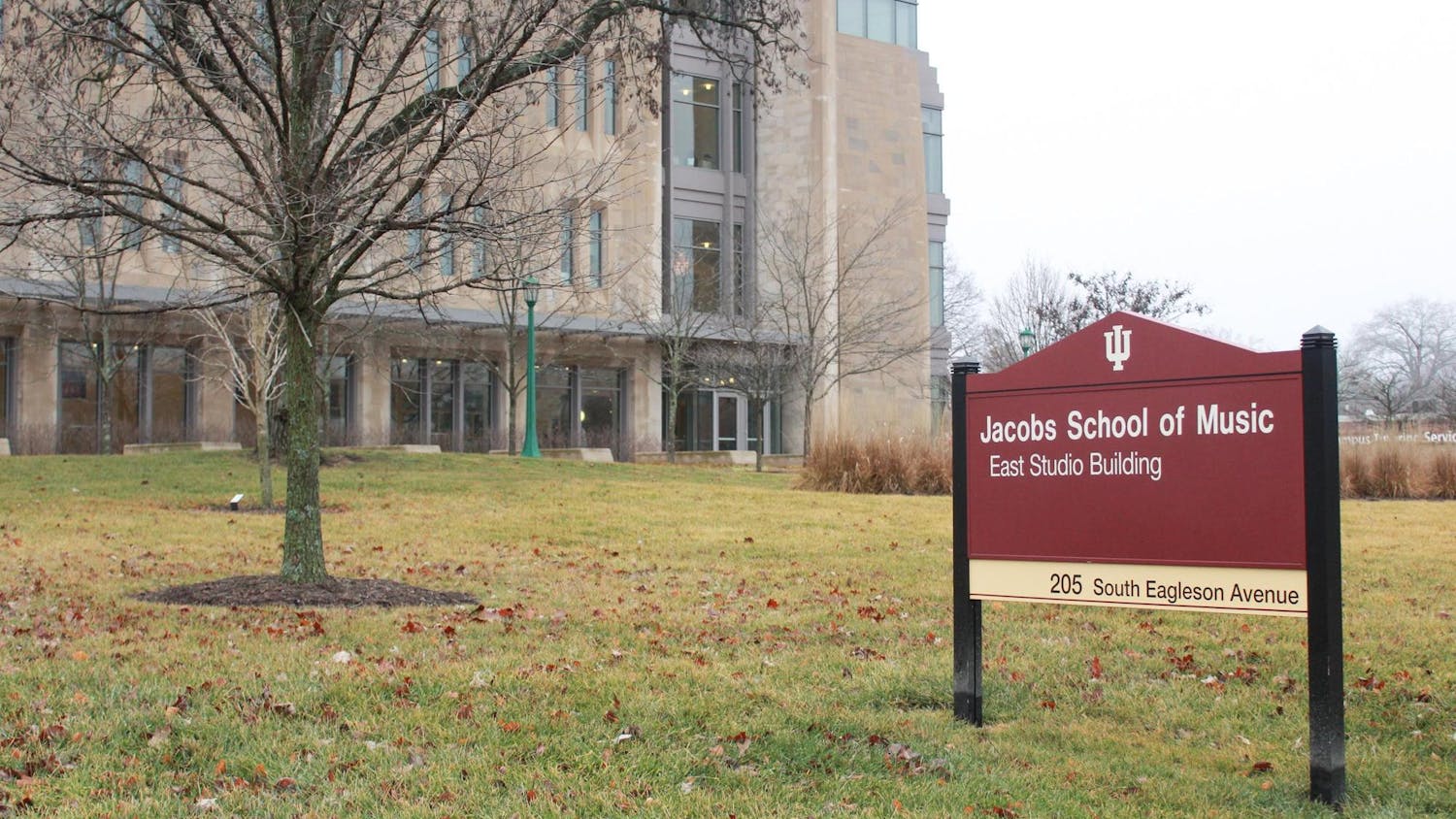The IU School of Medicine received a $48.8 million grant toward furthering research of different therapies to treat Alzheimer's disease on Sept. 29.
This is the second largest grant the school has received, dating back to 2016, when the program received a grant of $25 million for further research on Alzheimer’s disease.
“This provides hope for some of the families who have been affected so deeply by their loved ones having this particular disease. It provides some hope for them that one day somebody may not have to go through that,” Adrian L. Oblak, PhD, Assistant Professor of Radiology and Imaging Scientist and Neurodegenerative Research at Stark Neuroscience Research Institute, said. .
After receiving this grant, the program’s goal is to create better mouse models that will be conducted through clinical testing. Researchers are looking for a compound that controls protein folding, and the models have a phenotype that resembles Alzheimer's disease, Oblak, said.
“This grant in particular forms the foundational work that would need to be done to understand both the overall genes that are involved in Alzheimer's disease and how those manifests themselves in terms of disease progression as a phenotype,” Paul R. Territo, Professor of Medicine at IU and monitor for Alzheimer’s Disease and Related Dementia, said.
One of the grant’s purposes is to expand the 2016 research program which develops mouse models for pre-clinical testing or therapeutics that would eventually move to patients. Mouse models are laboratory mice used for testing diseases and treatments. In the Six years since the beginning of this program, IU researchers have created 40 mouse models.
“The program especially for Alzheimer's researchers at Indiana has grown tremendously over the last five years,” Dr. Bruce Lamb, Executive Director of the Paul and Carole Stark Neurosciences Research Institute, said. “We have room to improve our programs. I am increasingly convinced that part of the solution for Alzheimer's disease will come from Indiana.”
Mouse models are most frequently used by scientists when testing new therapies and clinic treatments for Alzheimer's, Lamb said. This is due to the amyloid plaques found in mice, which are similar to the amyloid plaques of people with Alzheimer's. Amyloid plaques are large levels of proteins that combine, causing plaques and disruptions to cells, according to the National Center for Biotechnology Information.
If the mouse models are encouraging after being tested through preclinical testing, then they are researchers will nominate the models for therapeutic treatments.
There is a STOP- AD Portal website where researchers take nominations from different groups of compounds to begin testing mouse models. These groups can be academic, nonprofit or companies that submit different preclinical studies to look for similar compounds or targets found in Alzheimer's, according to Territo.
Investigators and researchers are looking for evidence that a drug is effective towards a target. This includes appropriate animal models, evidence of studies produced through the portal and approval from investigators that the evidence or study can move forward, according to Dr. Lamb.
Since the research program’s 2016 launch has been discovered that not one gene contributes to the Alzheimer's, but a combination called a risk gene. The last 40 mouse models have taught researchers that individual genes are not strong enough to cause Alzheimer's to progress, but instead it is a combination, Territo said.




